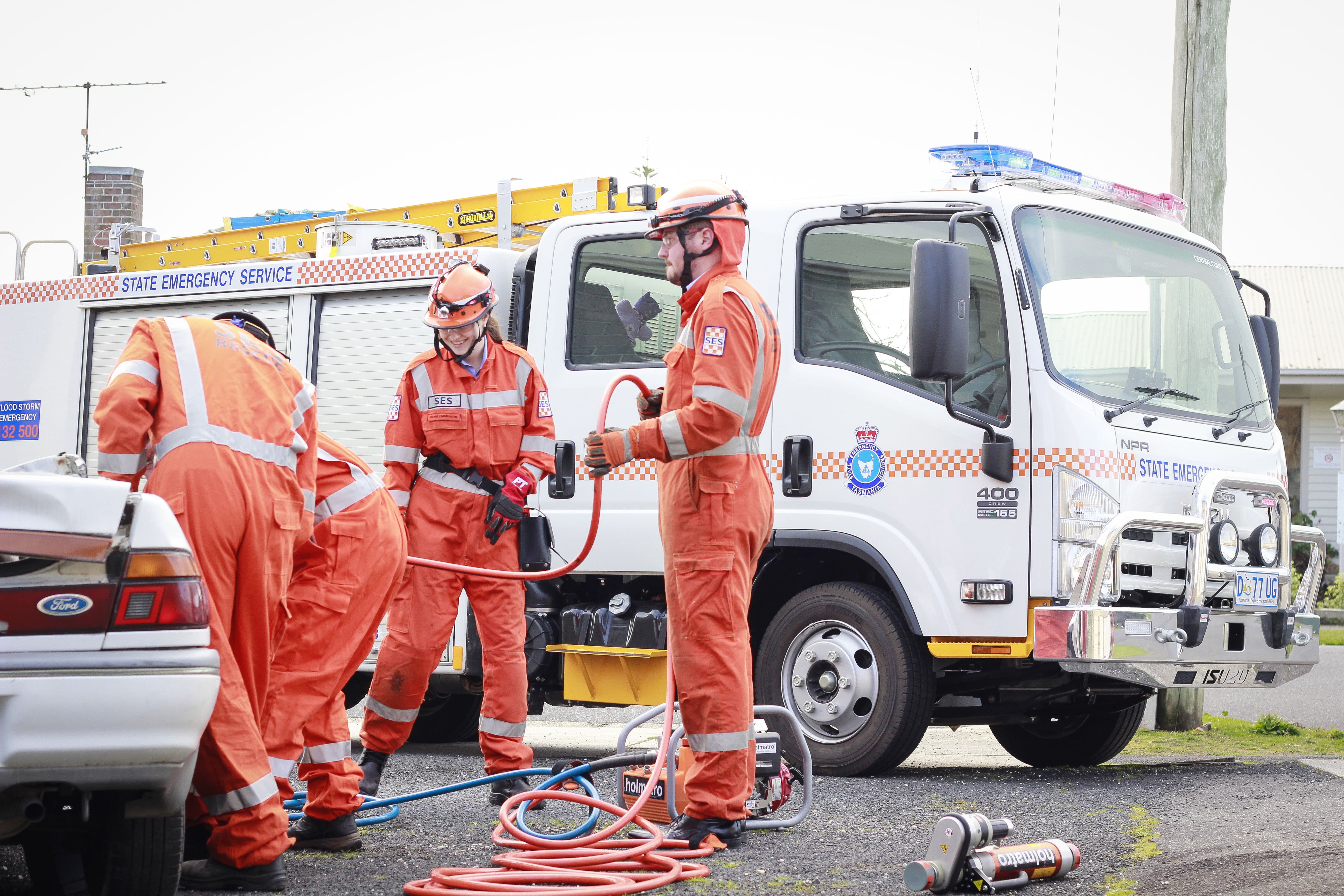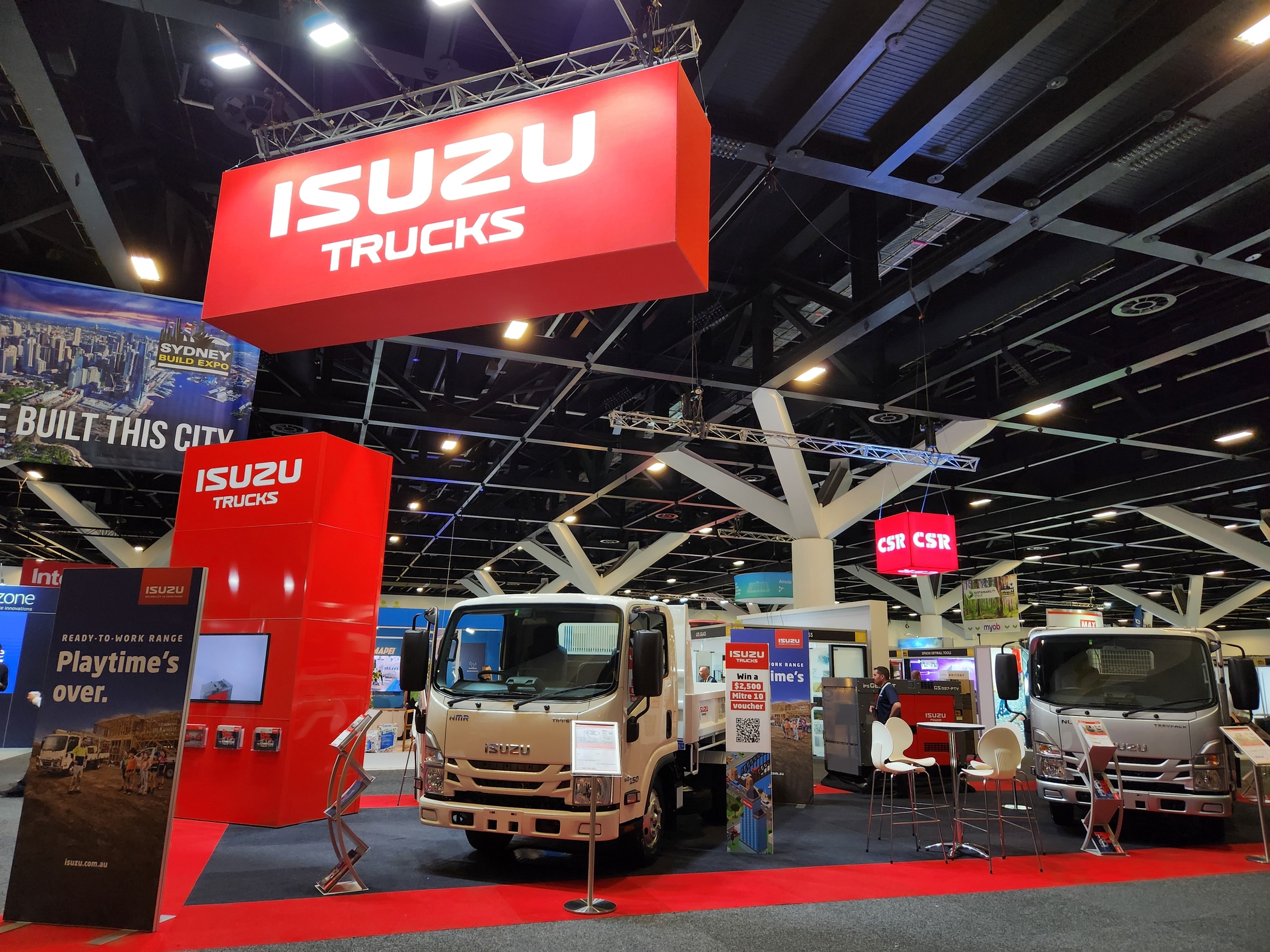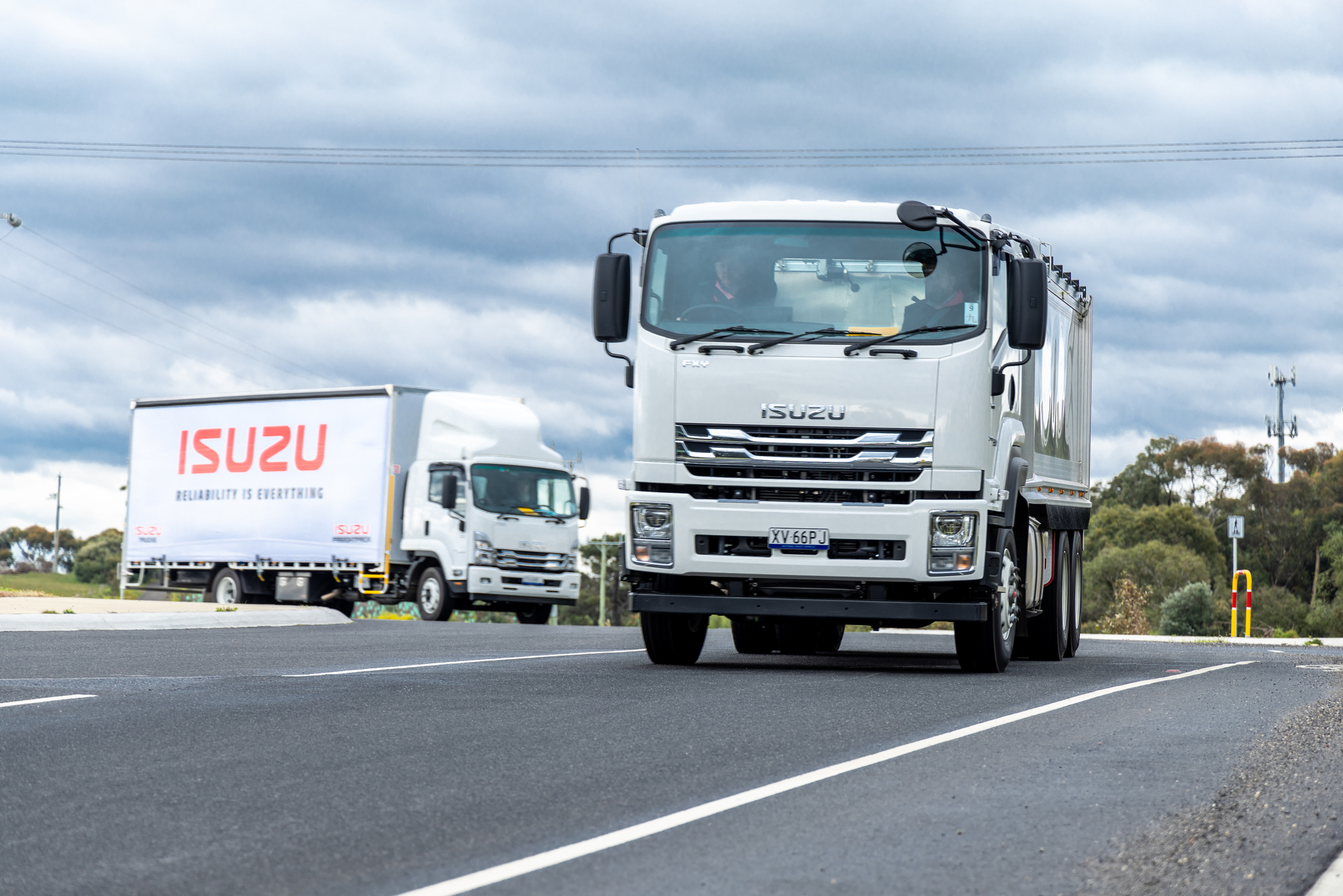Emergency Services And The Trucks That Save Lives

In the distance you hear the siren of an emergency services vehicle approaching. You slow down, pull over, and watch the flashing lights whizz past, rocketing our first respondents onto the scene.
The emergency services are there when we need them, bringing with them trained experts and lifesaving equipment. Let’s take a moment to look at the trucks and the special equipment our emergency service crews need in time-sensitive and potentially life-threatening situations. Firefighting There’s some seriously impressive gear hiding behind the glossy red exterior of a fire truck, beloved by children everywhere. And there are several different types of firefighting trucks, each playing a unique role in protecting lives and property. Some of the most commonly seen fire trucks on the road today are as follows:- Tankers
- Pumpers
- Rescue trucks
- Hazmat trucks
- Quick attacks
 Safety first
Whether it’s attending an emergency on precarious mountain tracks or helping people with broken power lines and trees, the State Emergency Services (SES) rely on vehicles that can handle a variety of tough conditions.
Safety and comfort are paramount, and rescuers favour 4x4 crew cabs . SES trucks also need a significant gross vehicle mass to accommodate generators, alternators, mounted cranes and winches to lift heavy objects.
Saving lives
Alongside the hundreds of ambulance vans and support vehicles servicing metropolitan areas, State Ambulance Services employ rescue trucks to respond to extraordinary emergency situations.
Each rescue truck is equipped with a wide array of specialised equipment, incorporating the following:
Safety first
Whether it’s attending an emergency on precarious mountain tracks or helping people with broken power lines and trees, the State Emergency Services (SES) rely on vehicles that can handle a variety of tough conditions.
Safety and comfort are paramount, and rescuers favour 4x4 crew cabs . SES trucks also need a significant gross vehicle mass to accommodate generators, alternators, mounted cranes and winches to lift heavy objects.
Saving lives
Alongside the hundreds of ambulance vans and support vehicles servicing metropolitan areas, State Ambulance Services employ rescue trucks to respond to extraordinary emergency situations.
Each rescue truck is equipped with a wide array of specialised equipment, incorporating the following:
- Forcible entry tools, cutting torches, “jaws of life”
- Hydraulic tools
- Fibre-optic search scopes
- Atmospheric testing units and breathing apparatus
- Rope rescue gear
 Traffic incident response
Incident response trucks come in many shapes and sizes. With a vast array of body modifications like custom cab design, tilt trays, vacuum pumps and cranes, these trucks can respond to any on-road situation—accidents, clean up and recovery, and extensive traffic control.
Common modifications for road response units include dual control (so crews can work effectively from either side of the truck) and reinforced attenuators that provide a crucial safety barrier for crews working on busy roads.
The bottom line
Our emergency services and their support trucks are needed at their best and sharpest, 24 hours a day. There’s no doubt that these trucks being constantly put to the test on the frontline, which also means they’ve got to integrate reliability and practicality with cutting edge innovations. After all, our lives could depend on it!
Trucks are used in a wide array of emergency service applications, such as in the fire services. Have a read of our story on the South Australian Country Fire Service and find out what they do and the types of trucks in their fleet.
Traffic incident response
Incident response trucks come in many shapes and sizes. With a vast array of body modifications like custom cab design, tilt trays, vacuum pumps and cranes, these trucks can respond to any on-road situation—accidents, clean up and recovery, and extensive traffic control.
Common modifications for road response units include dual control (so crews can work effectively from either side of the truck) and reinforced attenuators that provide a crucial safety barrier for crews working on busy roads.
The bottom line
Our emergency services and their support trucks are needed at their best and sharpest, 24 hours a day. There’s no doubt that these trucks being constantly put to the test on the frontline, which also means they’ve got to integrate reliability and practicality with cutting edge innovations. After all, our lives could depend on it!
Trucks are used in a wide array of emergency service applications, such as in the fire services. Have a read of our story on the South Australian Country Fire Service and find out what they do and the types of trucks in their fleet.



Playtime’s over, get $3,500* to spend on extras.
If you’re ready to get serious about tackling bigger jobs, grab yourself an NLR 45-150 AMT SWB Traypack from the Ready-to-Work range for $62,990 drive away*. And to prove we aren’t playing, buy any NLR Traypack before June 30 and you’ll get $3,500* to spend on genuine accessories or an Essentials service agreement.
Learn more



